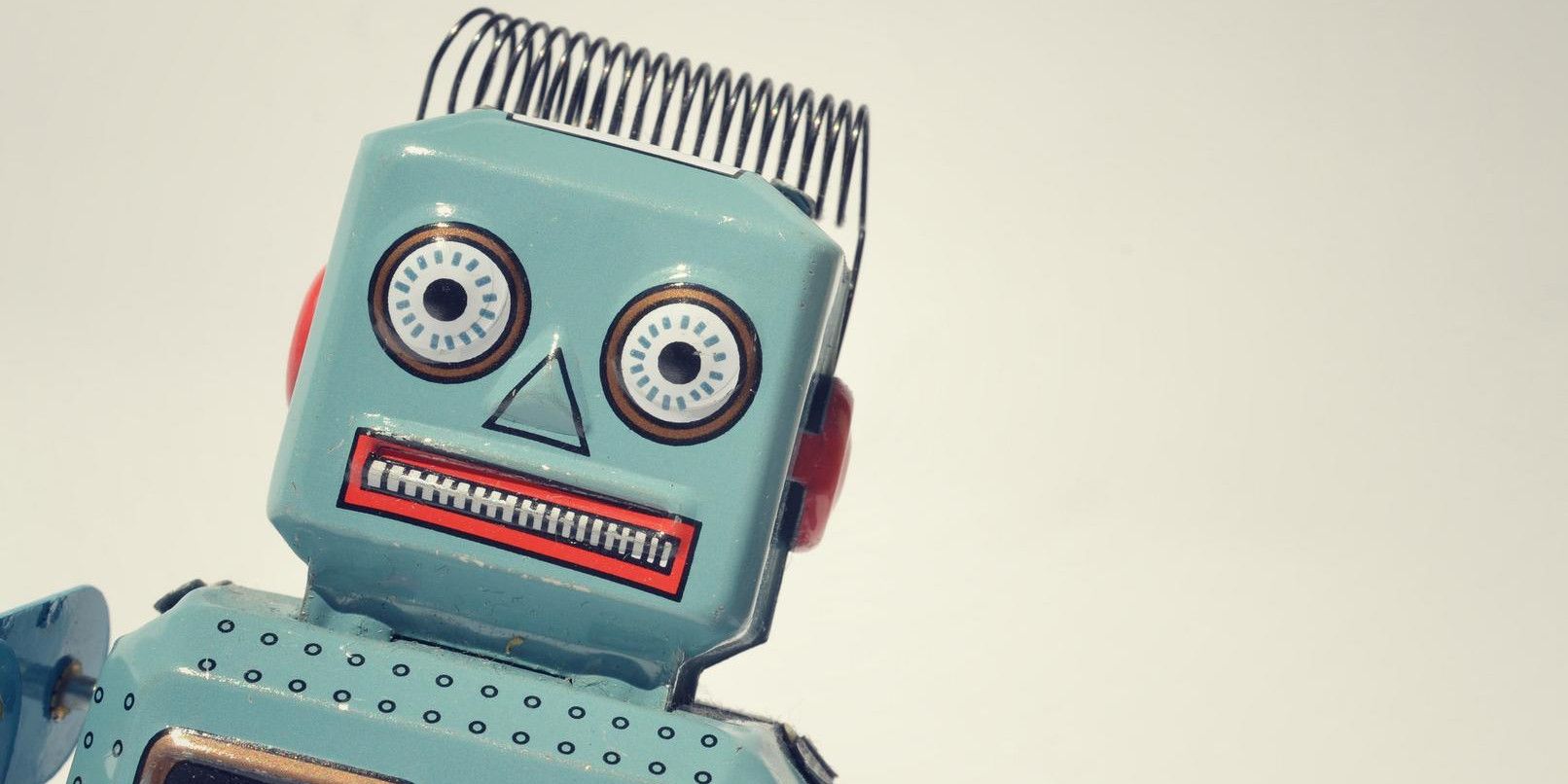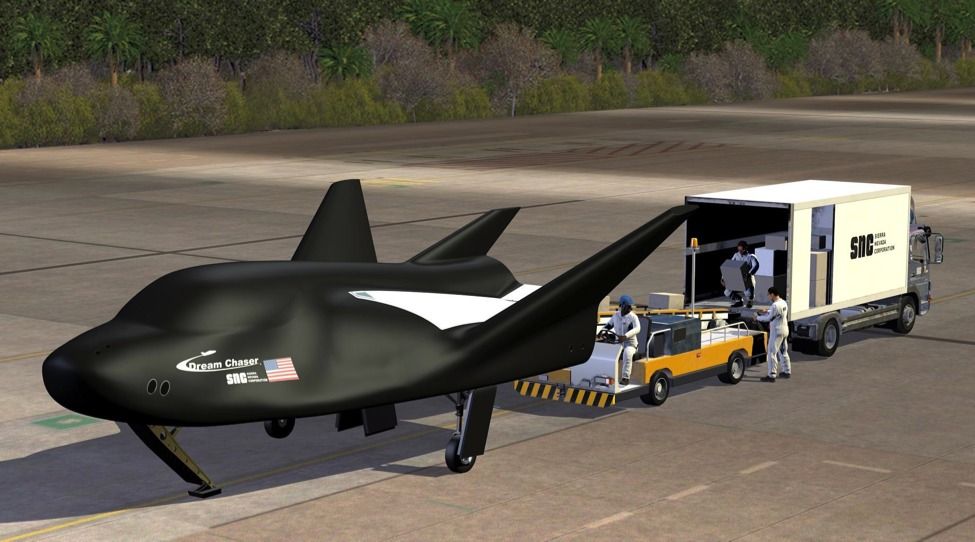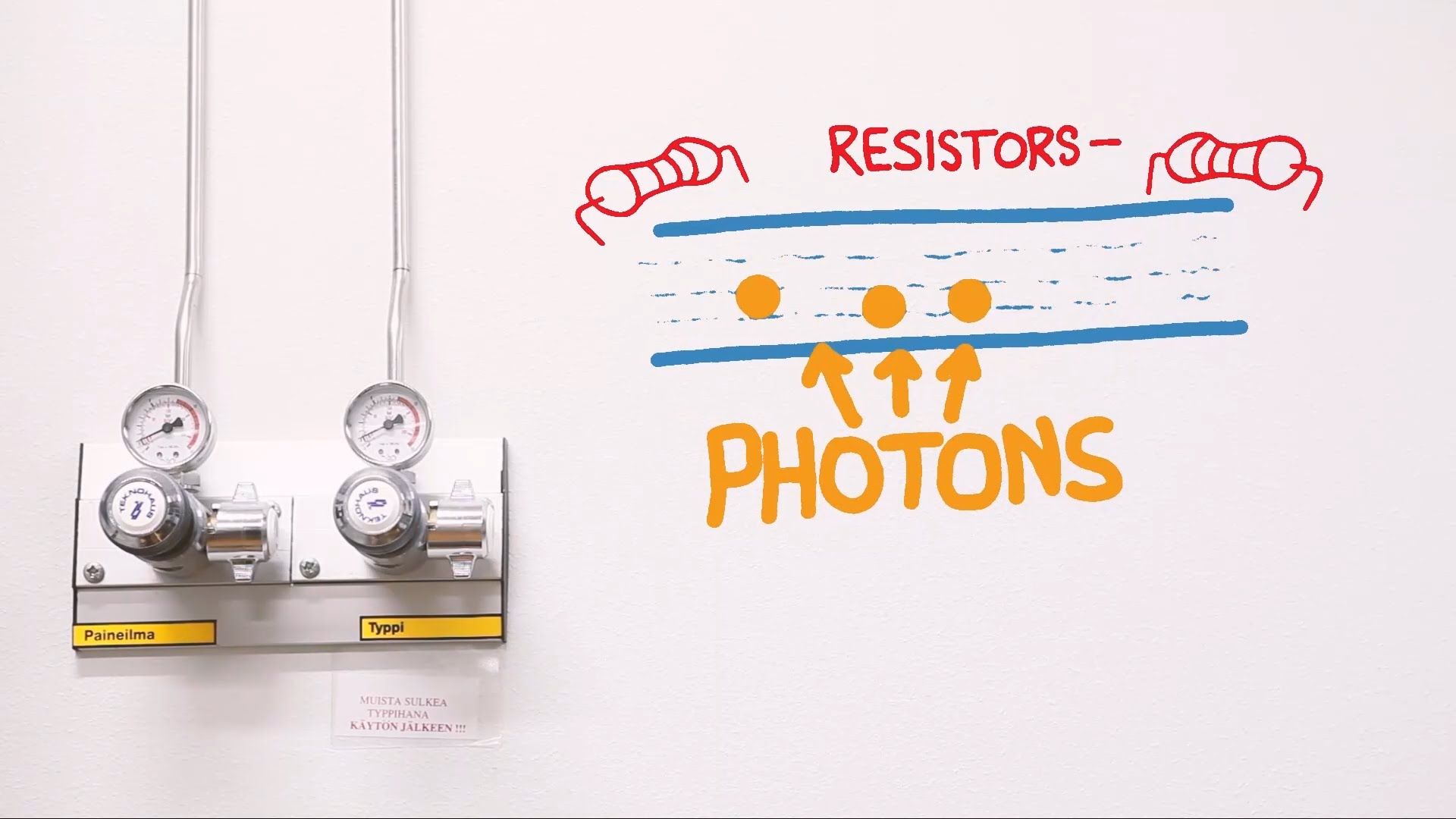Feb 1, 2016
Neural Engineering System Design (NESD)
Posted by Karen Hurst in categories: engineering, materials, neuroscience
REMINDER: DARPA’s Neural Engineering System Design (NESD) Program Proposers Days is tomorrow and Wed. (February 2–3, 2016) at The Westin Gateway Hotel, 801 N. Glebe Road, Arlington, VA 22203. This is part of the Brain Mind Interface development work. Good thing that the research on Graphene came out recently showing that it is a viable substance for BMIs.
Users of assistive technologies such as screen readers should use the following link to activate Accessibility Mode before continuing: Learn more and Activate accessibility mode.
















